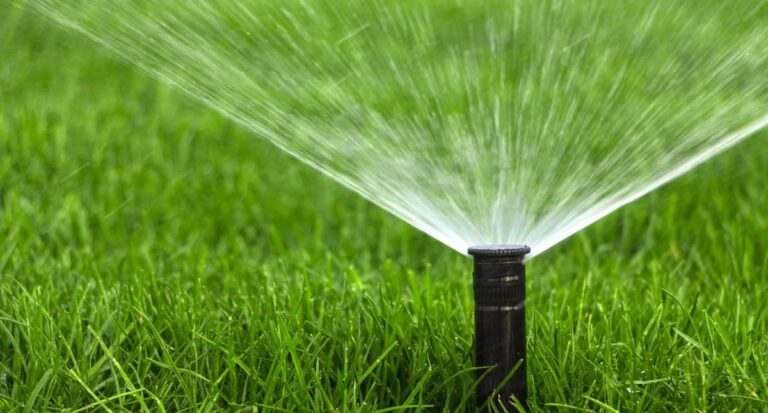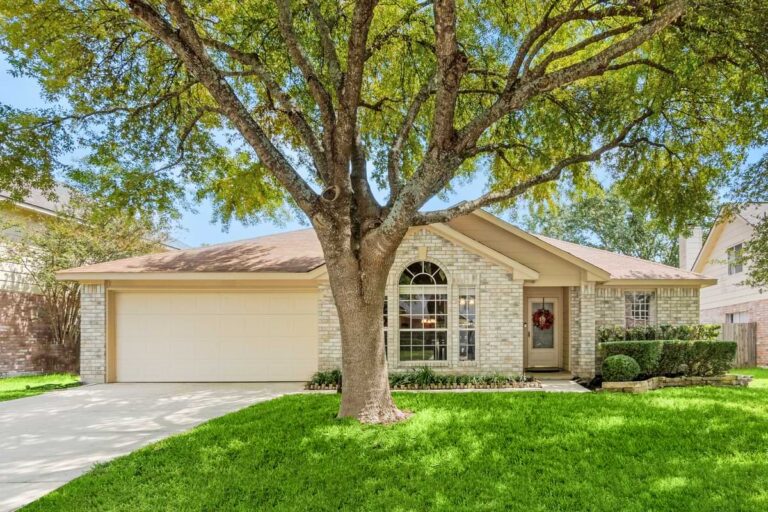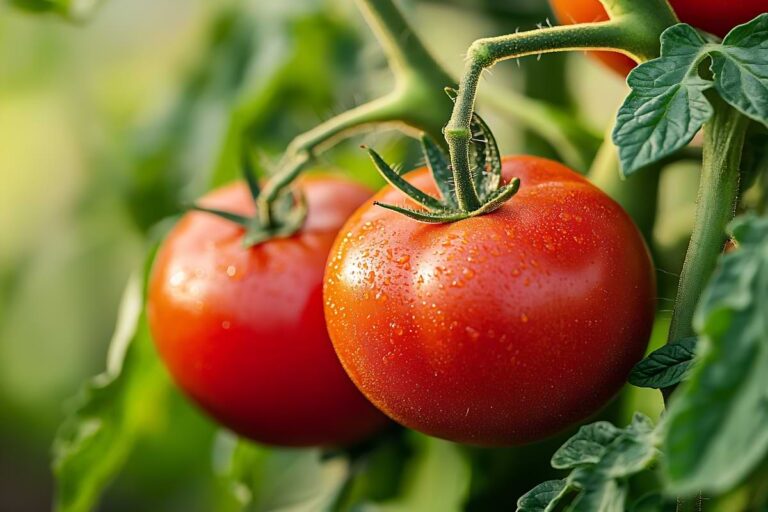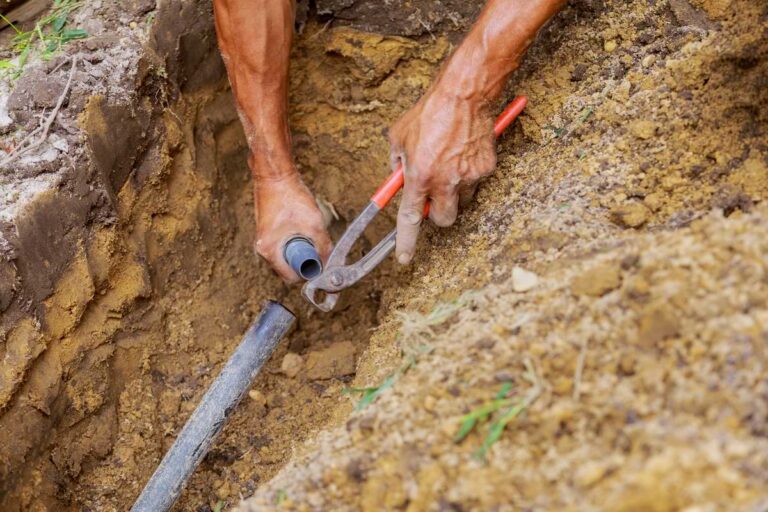A Simple Guide To Dripline Irrigation
Table of Contents
What Is Drip Irrigation?
Sometimes called trickle irrigation, drip irrigation is a more efficient watering technique, especially when dealing with large crops or raised beds. While a typical sprinkler tosses water into the air willy-nilly, drip irrigation drizzles slowly on the soil near the plant’s roots so the plant receives only the amount required to achieve maximum growth without wasting water. By delivering water to the root zone, drip irrigation eliminates runoff, evaporation, and drift.
Drip tubing is a product of Israeli-inspired ingenuity that came to light in 1959 when Simcha Blass discovered a tree growing from a small leaking pipe feeding it small traces of water. His ingenious drip irrigation method has since evolved into a world-changing technological showstopper throughout the industry.
How Drip Irrigation Works
During the drip irrigation process, water flows through a filter to prevent the clogging of small waterborne particles. From the filter, the water moves into a special drip line that has drip emitters located at different spacing. Water is then distributed through the emitters directly into the soil near the roots via a pressure regulator that reduces the flow rate when incoming water pressure is too high. The slow flow rate from the pressure regulator comes from decreased water pressure moving from the main water line outside of the home.
Drip systems can often combine liquid fertilizer with water, known as fertigation or chemigation. With the convenience behind drip irrigation products, it’s never been easier to embrace drip irrigation. Because drip irrigation doesn’t cause runoff, evaporation, or over spraying that one might experience with conventional irrigation methods, the high upfront cost is counterbalanced by a drastic reduction in utility expenses.
Drip Tubing Benefits
A drip line system is stocked with benefits, but it’s still a complex network often saddled with upkeep requirements. We advise confirming whether or not your situation warrants a drip line installation before budgeting for and charting your irrigation journey.
5 Advantages of Drip Tubing:
- Reduced energy costs from regulated water usage
- Lower labor costs resulting from a mostly automated system
- Soil type plays a less important role in the frequency of irrigation
- Capable of addressing irregularly shaped fields, so field leveling is not necessary
- Uniform water flow from controlled nozzle output
Is Drip Tubing Right For You?
Drip tubing or micro tubing for irrigation purposes can provide benefits to just about any type of agricultural endeavor. If you’re a homeowner, drip tubing provides an efficient means to water a variety of plant types from annals to basil plants. If water usage is regulated or water access is scarce, this type of style of watering is especially advantageous. Flexible by nearly every definition, drip tubing comes in handy when you need to address narrow planting areas or need a method to shape the contours of the rows of plants or landscaped areas.
Inspire Efficiency With A Customized Drip Kit
You can get in on the micro tubing trend regardless of the size or nature of the focused planting area, even if you’re a renter working with a 100 sq. ft porch or balcony garden. Whether you need to efficiently water flower beds, planter boxes, vegetable gardens, window boxes, or container plants, this level of efficiency is attainable with our easy-to-install drip irrigation kits. Dare to broaden your DIY horizons and customize your own drip system? Browse our in-store and online selection for emitter tubing, barbed fittings, barbed connectors, and more at low prices!
Related Articles
Drip Irrigation Benefits & How It Works
What Is A Pressure Regulating Emitter
Emitter – Different Types And Functions Of Emitters
FAQ
What plants are designed for drip irrigation?
Drip irrigation is best designed for landscape beds with a lot of plants and shrubs, but all sorts of residential lawns and plants qualify for this efficient irrigation method.
Can a drip system lower my utility bill?
Because drip systems yield 95 to 100% efficiency compared to the 75% that results from typical sprinkler systems, drip irrigation can cut your water usage and thereby your bill in half.
How does a drip system compare to an above-ground sprinkler?
Instead of watering a planted area above ground, drip irrigation wets the ground with drip tubing that weaves around the plants’ leaf canopies. These narrow tubes contain tiny holes that send water directly to the base of the plant by leaking water out slowly and evenly.






























